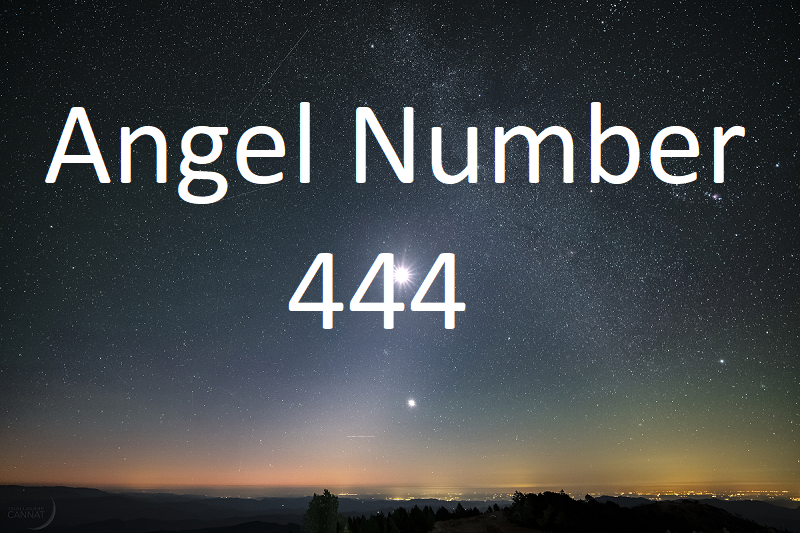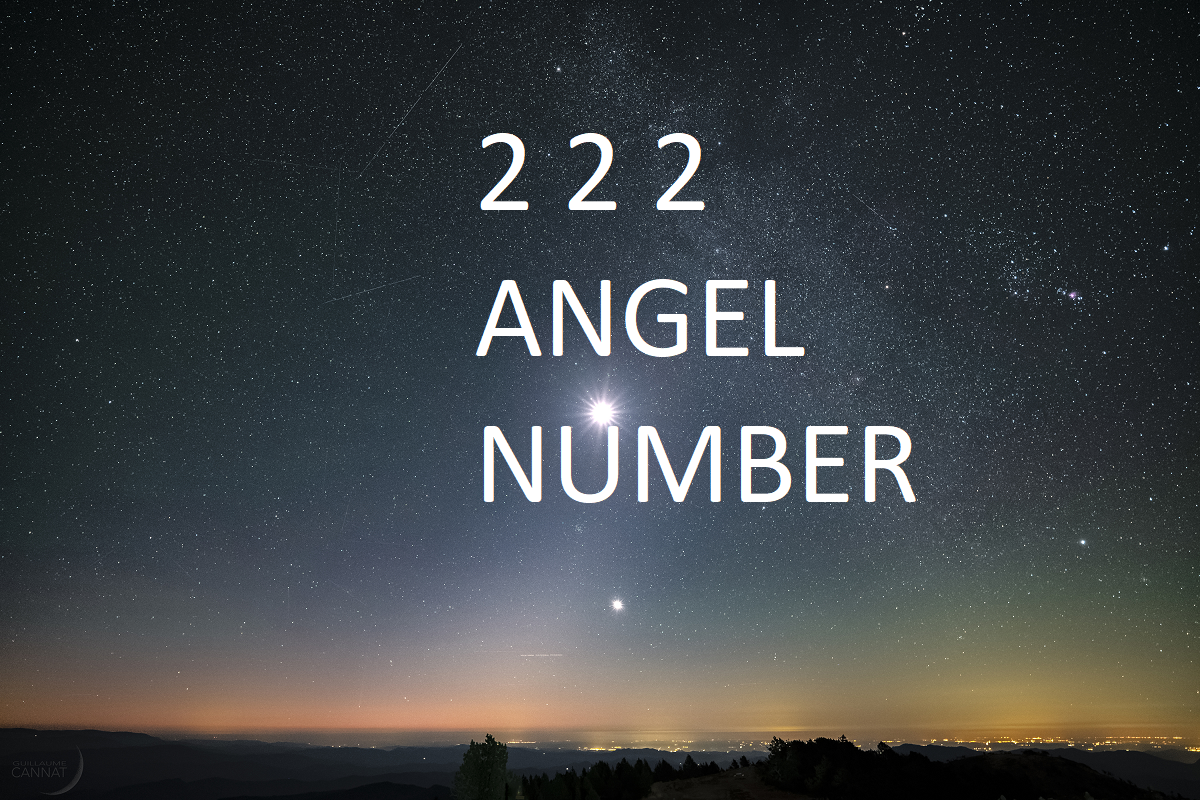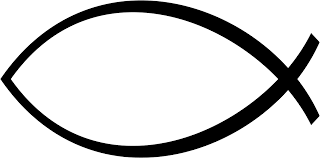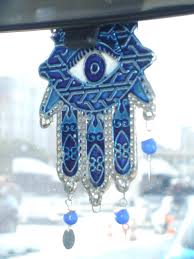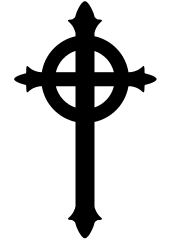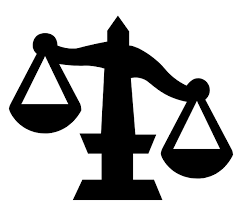
God symbol
| Symbol | God |
| Religion | Various religions |
| Origin | Rooted in religious texts, cultural traditions, or historical events that shaped the belief system. |
| Meaning | Holds profound significance, often embodying divine attributes, creation, or cosmic order. |
| Appearance | Diverse in form, ranging from anthropomorphic figures to abstract symbols, reflecting cultural and religious diversity. |
| Colors | Symbolic colors may be used to convey specific meanings, like purity, divinity, or cosmic elements. |
| Usage | Displayed in places of worship, religious texts, rituals, and religious art to invoke a connection with the divine. |
| History | Traces back through centuries, evolving as beliefs and practices developed within a particular religious tradition. |
| Popularity | Depending on the religion, the symbol's popularity can vary globally or within specific cultural contexts. |
| Importance | Central to religious identity, shaping beliefs, rituals, and ethical frameworks. |
| Complexity | May carry intricate layers of meaning and symbolism, requiring deeper understanding for followers. |
| Emotions | Elicits a range of emotions from reverence and awe to comfort and spiritual connection, reflecting believers' experiences with the divine. |
God Symbols: A Diverse Tapestry of Meaning
Across cultures and throughout history, humanity has used symbols to represent the divine, embodying complex ideas and spiritual beliefs. These “God symbols” come in many forms, each carrying unique significance within its specific context.
Common Symbols:
- Abrahamic Religions: In Christianity, the cross serves as a powerful symbol of sacrifice and salvation. Judaism employs the Star of David, representing God’s connection with the people of Israel. Islam finds meaning in the Kaaba, a cubical structure in Mecca symbolizing the Oneness of God.
- Nature-based Symbols: Many cultures revere natural elements like the sun, moon, trees, and animals as expressions of the divine. For example, ancient Egyptians associated the sun god Ra with the solar disk, while Hindus see Lord Shiva in the powerful form of the lingam, a stylized phallus representing fertility and creation.
- Abstract Symbols: Some God symbols are more abstract, conveying concepts like infinity, eternity, or divine light.The Hindu Om symbol and the Christian Trinity symbol fall into this category.
Significance and Interpretation:
God symbols hold deep meaning for individuals and communities, serving as:
- Devotional Aids: They can focus prayer and meditation, fostering a connection with the divine.
- Cultural Markers: They express shared beliefs and values, reinforcing religious identity.
- Artistic Inspiration: They inspire various art forms, from sculptures and paintings to music and literature.
Understanding God symbols requires sensitivity and context:
- Respect diverse interpretations: Symbols can have different meanings within different traditions.
- Consider historical and cultural contexts: Understanding the symbol’s origin enriches its meaning.
- Acknowledge personal connections: Individual experiences and beliefs shape how symbols resonate with each person.
God symbols offer a fascinating window into humanity’s diverse expressions of faith and spirituality. They remind us of the universality of seeking meaning and connection beyond the physical world.
View rest of the Religious Symbols
-
444 angel number
-
333 angel number
-
222 Angel Number
-
Christianity
-
Catholic Fish
-
Hamsa Hand
-
Jesus Cross
-
Presbyterian
-
Judgement
